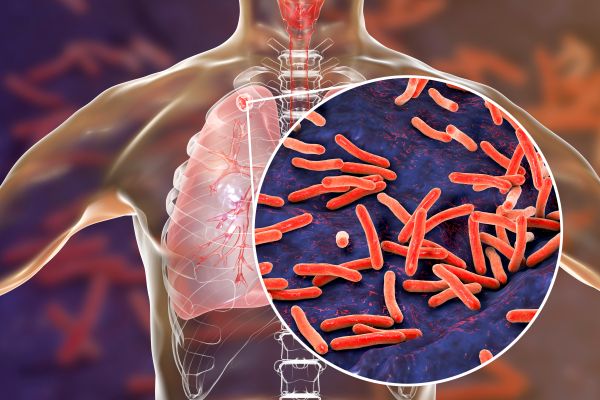
Treatment of patients with tuberculosis complicated with diabetes using thymosin and chemotherapy
Thymosin α1 (Tα1) combined with multi-modal chemotherapy has a visible therapeutic effect on patients with pulmonary tuberculosis and diabetes by regulating immune function and lowering levels of inflammatory cytokines.
Tuberculosis is an infectious disease caused by Mycobacterium tuberculosis, which primarily affects the respiratory system. During disease, tuberculosis granulomas are produced, and if untreated, cavities or caseous necrosis may develop in the lungs. Diabetes mellitus is an additional risk factor, as abnormal carbohydrate metabolism and accelerated lipid and protein metabolism contribute to compromise the immune system and increase the chance of developing tuberculosis. Moreover, the coexistence of diabetes mellitus creates a favorable environment for the development of M. tuberculosis and reduces the effectiveness of the treatment of this disease.
Out of 120 patients diagnosed with tuberculosis and diabetes, 60 were randomly assigned to the control group and 60 to the research group. Both groups received multimodal chemotherapy and the research group additionally received a subcutaneous injection of Tα1 twice a day during the treatment. Only patients who, apart from these two diseases, were not exposed to factors that could disturb their immune system, such as cancer, AIDS, HIV infection, allergies or other heart, kidney or liver diseases, were qualified for the study.
The results in both groups after 6 months of treatment were similar, while after 12 months of treatment, the research group had significantly better sputum culture-negative conversion rate results chest lesion absorption rate, and cavity closure rate. In addition, after six months, patients treated with Tα1 had significantly elevated levels of CD3 +, CD4 +, which stimulate the differentiation and proliferation of T cells, and NK cells than patients in the control group. Patients in both groups complained of the same side effects, such as nausea, vomiting, rash, and hypoglycaemia, which were mild and induced by antituberculosis drugs. No side effects were found after using Tα1.
The entire article can be found at:
https://www.ncbi.nlm.nih.gov/pmc/articles/PMC8713191/
